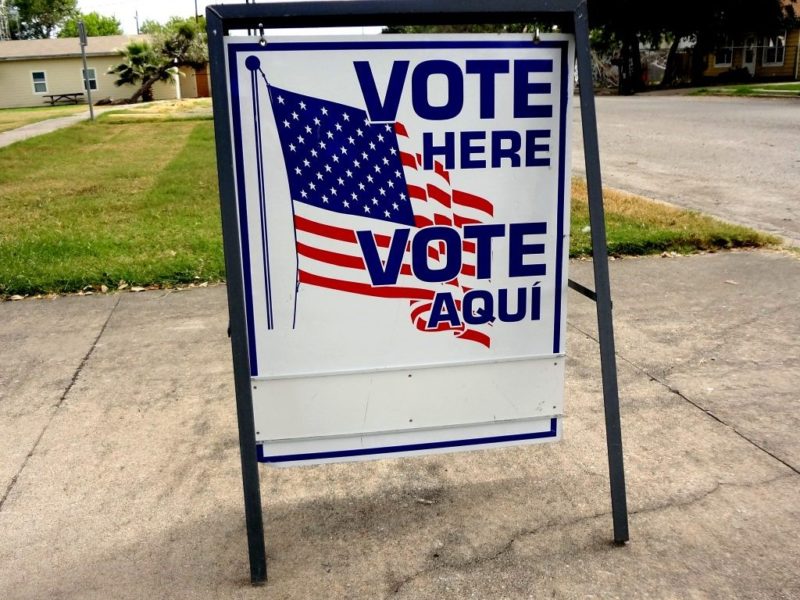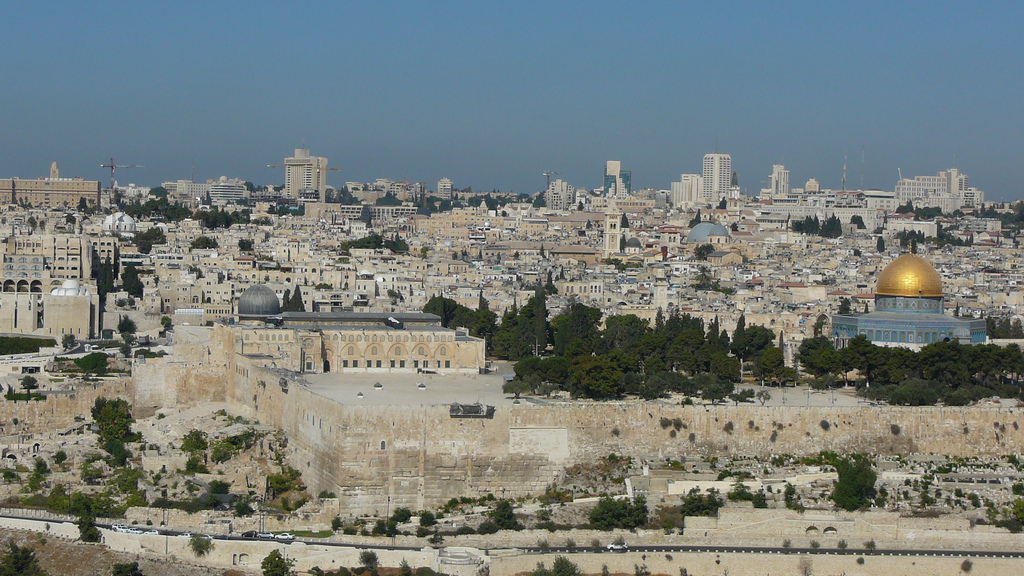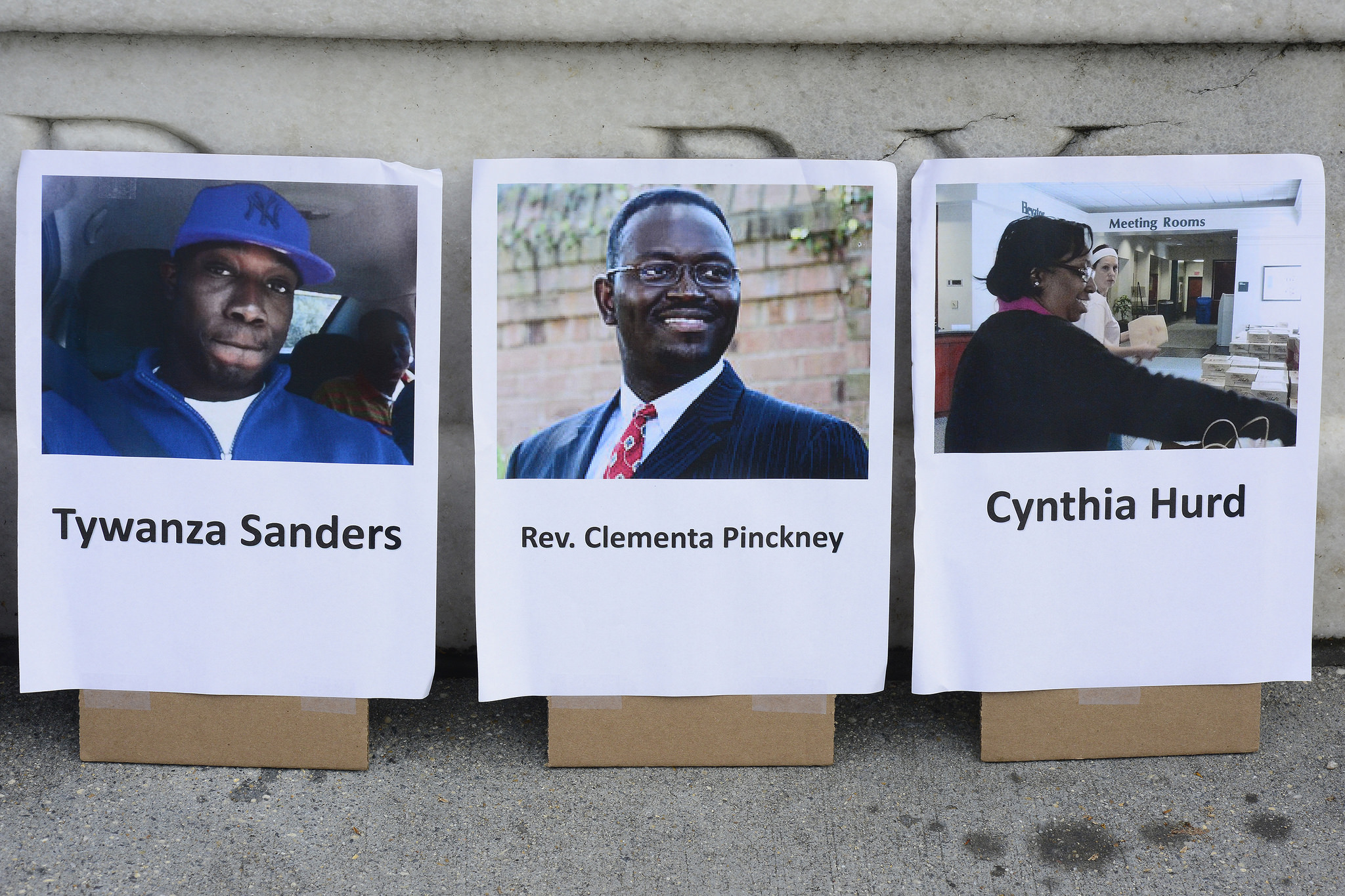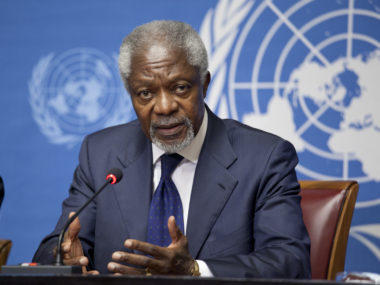By Oliver Kaplan for Denver Dialogues.
We saw it throughout the election season, during the presidential debates, and now in the post-election period: America faces some substantial social challenges and divisions. These challenges go beyond the candidates and political parties, making this a moment that necessitates reintegration in our society. The election was a traumatic event for many Americans and left them asking, “What can be done?” We can look to an odd source for inspiration: the Disarmament, Demobilization, and Reintegration (DDR) programs designed for rehabilitation, reconciliation, and cementing peace in divisive post-conflict settings. If these programs can provide social support and promote dialogue between the opposing groups of war victims and their victimizers, there’s a good chance they can help in America after its divisive election.
The election laid bare two key social problems: Social dislocation and social division. In the case of the first problem, many Americans feel excluded and left behind. Everyone lives his or her own unique experiences, but whether it’s veterans, African-Americans and the Black Lives Matter movement, coal miners, unemployed factory workers, immigrants, Muslims, the LGBTI community, or other social groups, many Americans are experiencing dislocation. Despite employment gains, many Americans express dissatisfaction, with 68% reporting that the country is on the wrong track. Ultimately, Americans from different social conditions generally want similar things, such as participation in the economy, accountable public service provision, fair protection under the law, a sense of social “belonging,” and to have their voices heard.
Recent shocks such as the Great Recession or acts of gun violence and mass shootings have exacerbated feelings of uncertainty and anxiety. Various secular and longer-term trends have contributed to economic and social dislocation. These include the decline in manufacturing, the rise of the service sector, increasing mechanization of agriculture and changes in rural America, stagnant wages, and greater income inequality. The country has also seen social changes related to women in the labor force, immigration and increasing ethnic diversity, and drug epidemics. Scholars have noted the significance of the social effects of trade and automation as much as their economic effects.
The second challenge relates to growing social divisions. There are gaps between urban elites, the urban poor, and rural residents, and news reports have characterized the voting patterns as representing “Two Americas.” These groups infrequently come into contact or dialogue with each other. The caustic environment during the election even exacerbated divides within families and marriages. According to a recent poll, partisan divides are similarly acute, “The Republican Party strikes fear in the hearts of 55 percent of Democrats… Among Republicans, 49 percent felt the same way about the Democratic Party.” Donald Trump’s populist campaign rhetoric may have worsened some of these divides and brought them to the fore, and the related grievances and social mobilizations persist. Indeed, even before his electoral victory, pundits were asking about how to “recover” from Donald Trump.
Given these circumstances, it’s worth considering a reintegration approach. While it may sound odd to apply post-conflict policies to the US, the election produced conflict-like trauma, and some of the social problems and cleavages we are experiencing have existed since at least the US Civil War Reconstruction, which ended (prematurely) over a century ago in 1877 (indeed, clashes continue over flying the Confederate flag). And if our social challenges are partly a legacy of Reconstruction, DDR may not be so far off the mark. Here’s how reintegration can help address both social problems.
First, to address dislocation, DDR programs promote rehabilitation and help both former combatants and victims get new starts in life. DDR focuses on coping with the strains of changing social conditions. In our research on Colombia, Enzo Nussio and I find that feelings of “loss” in post-conflict among male ex-combatants, especially among those that fought to defend the status quo (ex-paramilitaries), are associated with greater tendencies toward anti-social behavior. In the US, feelings of loss of status have been attributed to White men in particular, with desires for remedies and a restoration of pride, as embodied in the “Make America Great Again” slogan (some have interpreted the resuscitation of the Benghazi consulate attack in this vein—a lament of “loss”). Many minority and immigrant populations in the US also struggle and experience loss, with continued discrimination, and harmed by the punitive justice system’s high incarceration rates and related enduring stigma of having a criminal record.
Among Colombian ex-combatants, education was seen as the most helpful social program for improving livelihoods and regaining social footing. In the US, though re-training for displaced workers still requires adjustment, some reintegration-style options include increasing resources for programs such as Trade Adjustment Assistance and better linking training to available employment opportunities. Expanding access to post-secondary education, including community college programs, can increase adaptability in the labor market. Beyond the focus on employment, addressing cultural adjustment means encouraging forms of social participation, meaning, and ways of contributing to society so that identity and self-worth are not solely tied to employment. This is especially important for those that are unable or unwilling to retrain and find gainful employment.
Second, reintegration programs often seek to bridge the differences between former fighters and the victims they harmed. As we found in Colombia, this involves promoting local dialogues and cooperation, as well as creating opportunities for social participation. In the US, it may be prudent to initially focus social engagement efforts in “swing” counties with narrow vote margins. Investing in transportation may also facilitate social interaction between different populations by bridging the geographical distances between the urban-rural Americas. In addition, reintegration programs also promote reconciliation. They promote a more forgiving view of individuals, where people can change and are not stigmatized based on group membership (e.g., although some ex-combatants may engage in anti-social incidents, these acts should not implicate all ex-combatants). Reconciliation programs also seek to educate about social norms to, for example, delegitimize hate crimes or gender-based violence.
If victims and victimizers in war zones of other countries can reconcile, “red” and “blue” Americans certainly can as well. The City of Denver is at the forefront of community-based (re-)integration, with a program to promote bridging across neighborhoods. In one example, Latinos, Somalis, and others came together to host a social gathering and create “Somali tamales.” If they can do that, imagine the possibilities.
The US election has raised some difficult questions about inclusion in American society. Fortunately there are solutions, and DDR programs provide a helpful roadmap. We would be wise to learn how other countries have attempted to solve these integration problems, whether through education, community councils, or reconciliation dialogues. In the process, citizens should be involved in crafting policies and programs that meet their needs. Since it looks like few solutions will come from the federal level, this critical work will fall to states, cities, neighborhoods, and citizens. There are many activities we can pursue as individuals to promote reintegration and inclusion in our society. Let’s get to work.






